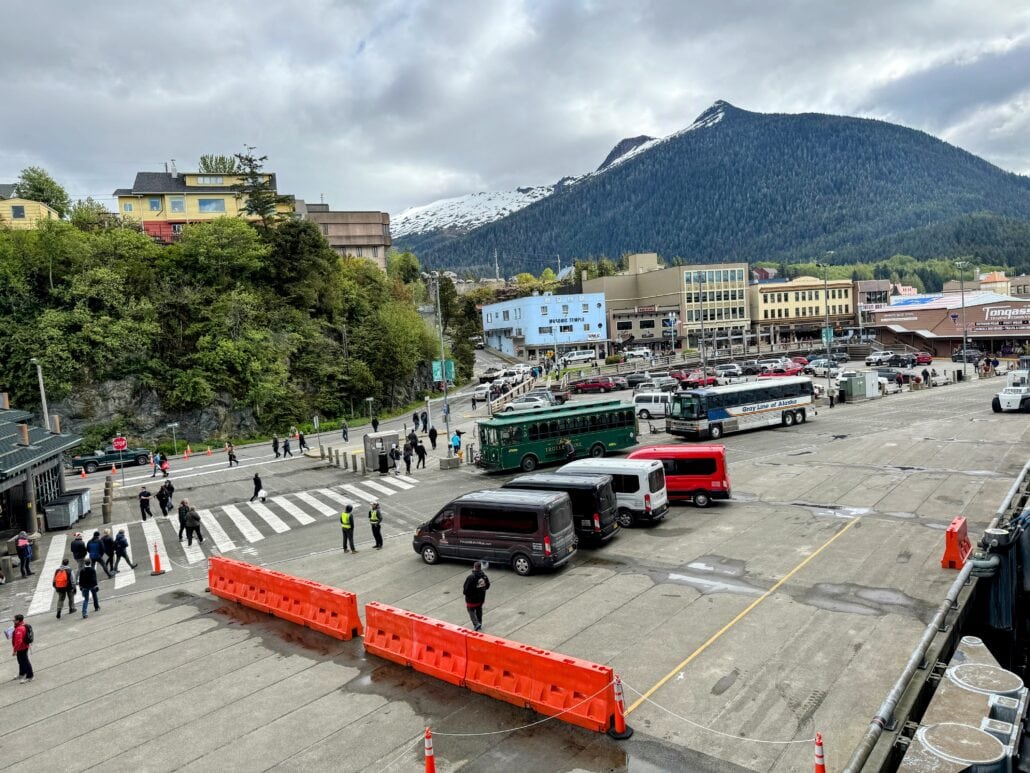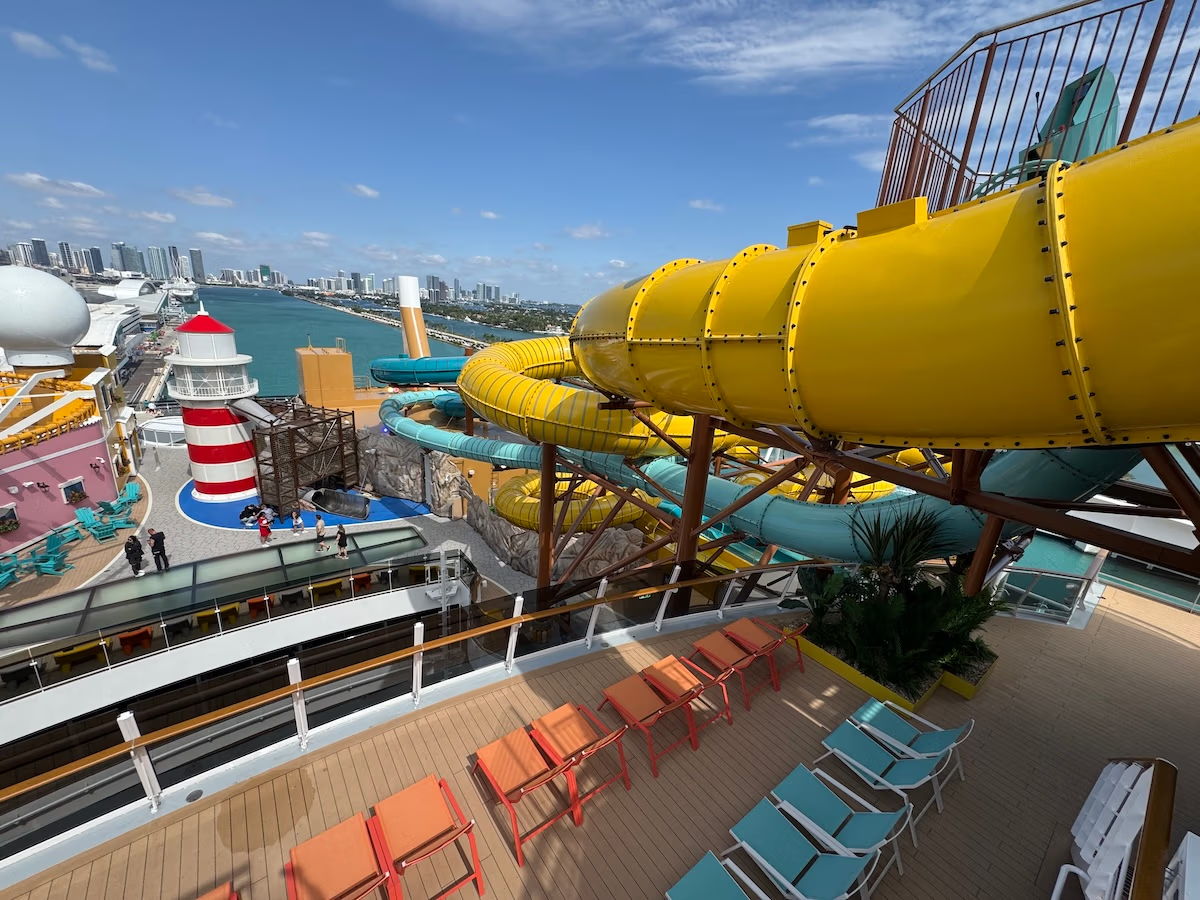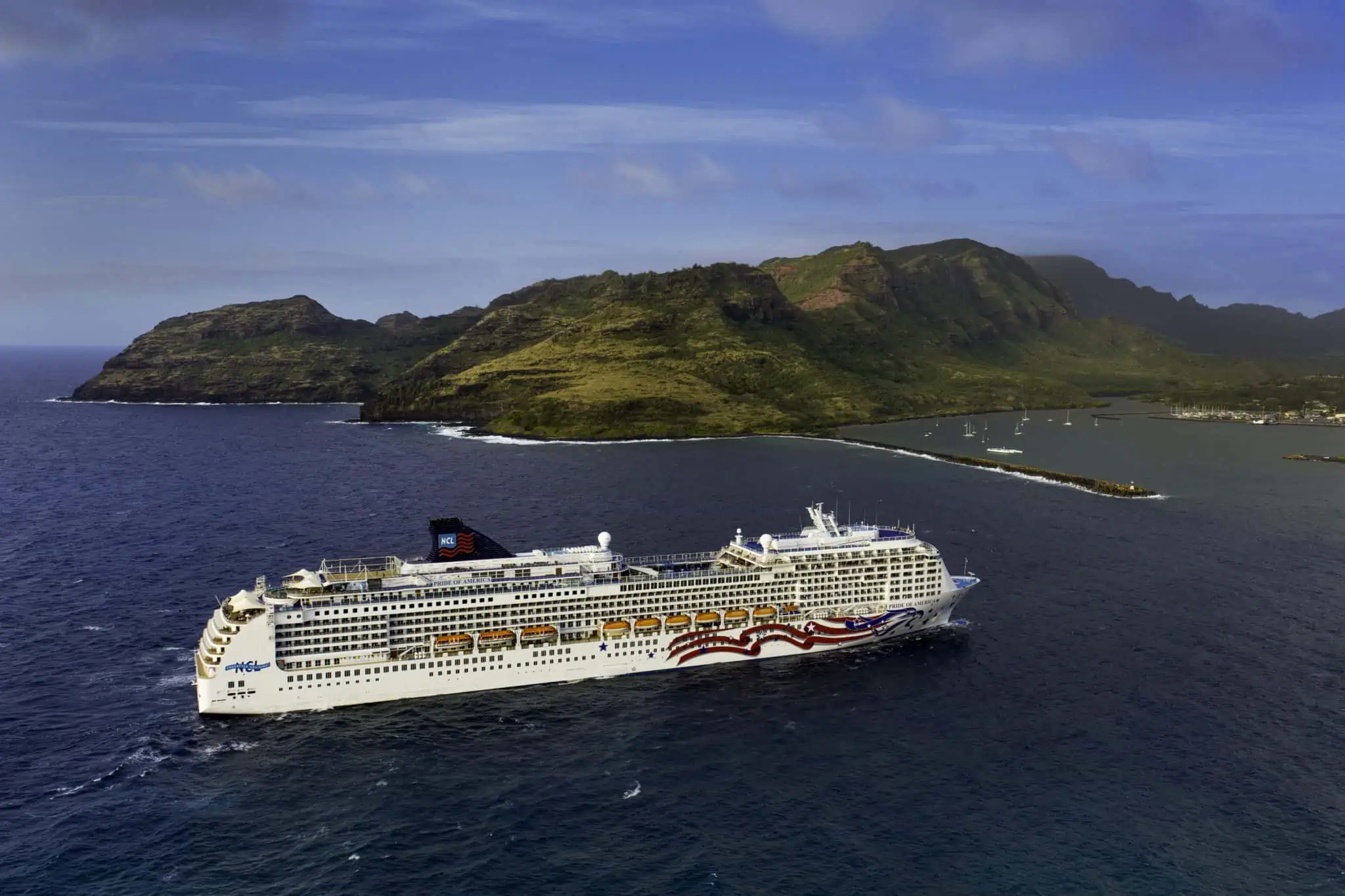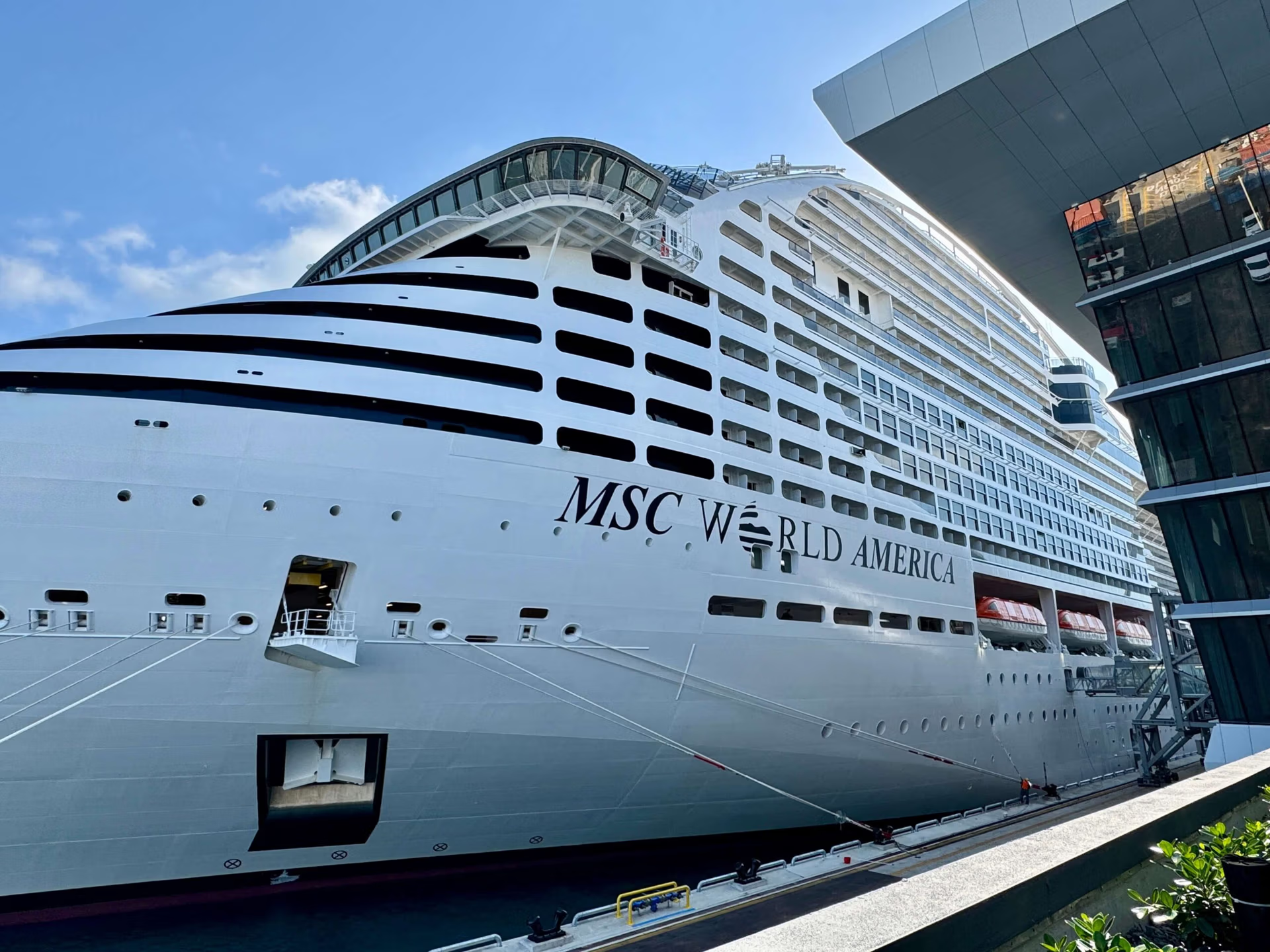State officials say the number of wastewater violations from cruise ships has increased as cruise ship traffic continues to rise in Alaska.
In a presentation to lawmakers, the number of violations known as “exceedances” have effectively tripled since 2018.

Officials from the Alaska Department of Environmental Conservation presented data to the state environmental subcommittee. It detailed the greywater and blackwater discharges into the ocean since the end of the 2018 Alaska cruise season.
Alaska ‘Ocean Ranger’ Program Abolished in 2019

Until 2018, Alaska employed “ocean rangers” – onboard observers who monitored wastewater discharges from ships but this ocean ranger program was disbanded for the 2019 season onwards due to funding issues.
Alaska DEC officials presented the contrasting wastewater discharge data from when the Ocean Ranger program was in force and the years since.
They said from 2015 to 2018, there were about 20 to 25 violations a year, which resulted in about 10 compliance actions. Since the program was abolished, there have been around 60 to 75 a year. Some of this can be attributed to the significant increase in cruise ship traffic in recent years.
“We are seeing an increase in exceedances, but we’re also seeing an increase in compliance response, post-ocean ranger,” said Gene McCabe, director of the Division of Water, told the subcommittee.

Compliance actions can be simply a letter of warning or more serious enforcement measures. McCabe said officials have been tracking wastewater discharges more closely by testing water samples since the Ocean Ranger program ended. DEC officials said all vessels are monitored, but there are different rules in place for small and large cruise ships.
According to the DEC presentation, Southeast Alaska cruise arrivals have increased markedly since the 2018 season, from about 1.1 million to an expected 1.9 million this year.







